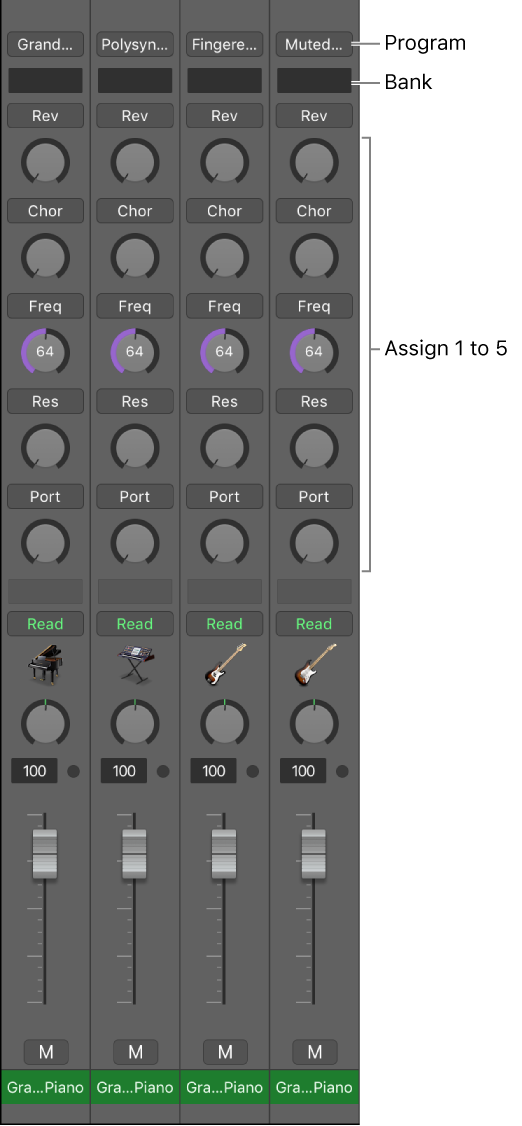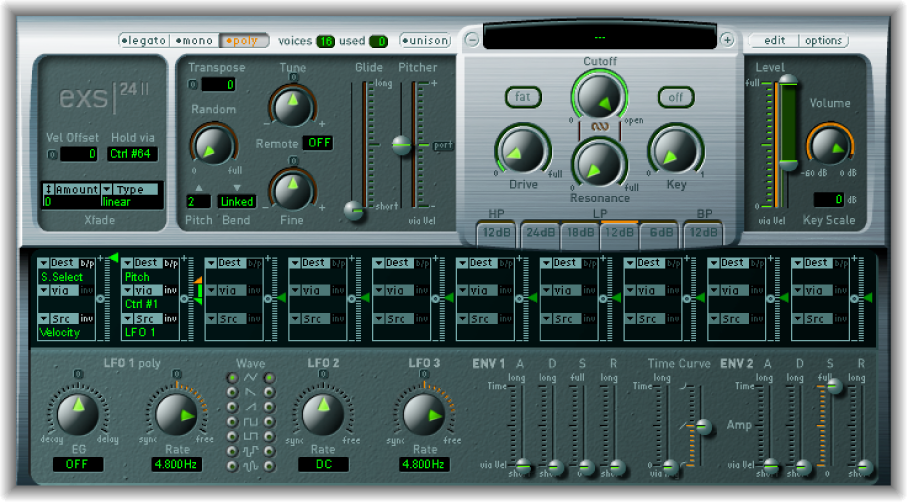Logic Pro X keyboard command of the day. #LogicProX @StudioIntern1
Not Independent
It certainly reads as if it is dependent on something. Notes in a score are both visual instructions in the traditional way, and performance instructions for playback.
I guess it would be possible to move an independent third quarter note in a bar to a position before the second quarter note for visual effect, but playback would be different. Yes, an independent note will play back according to the position it has been moved to.
It is a tricky balance — score the music for someone who reads or score for playback. Hard to annotate “swing”, just like the missing sevens from chord symbols in jazz.
Contextual menu item for a selected note. Probably the easiest way to use it.
Change the independent status of notes — Logic Pro X
Independent notes are not tied to a rhythmic position in the staff, and can be moved freely. This can be used to add grace notes, for example, and for other purposes.
⇧ SHIFT – ⌃ CONTROL – ⌥ OPTION – ⌘ COMMAND

